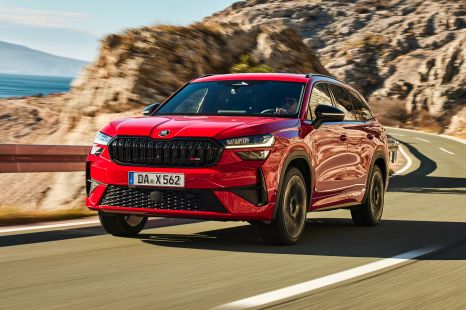

James Wong
2026 Skoda Kodiaq RS: Seven-seat performance SUV priced for Australia
3 Hours Ago
Mercedes-Benz claims it's the world's first vehicle manufacturer to conduct frontal offset crash testing with two EVs.

Contributor
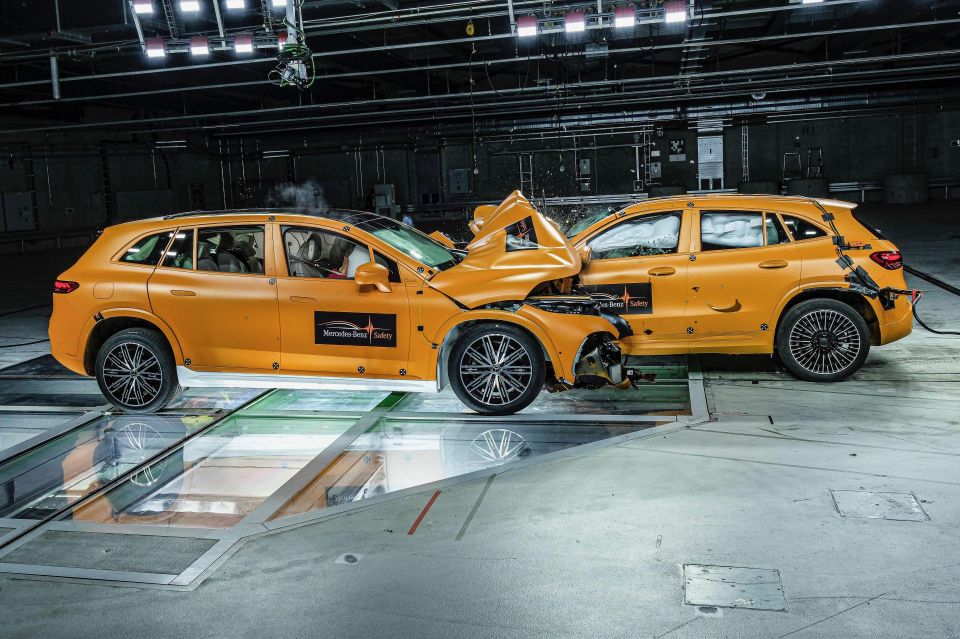

Contributor
Mercedes-Benz has crashed two of its electric cars into each other in what it claims is an industry-first electric vehicle (EV) frontal offset crash test.
The testing was conducted using the EQA and EQS SUV in conditions the company says are more stringent than Euro NCAP testing.
In the latest testing at the Mercedes-Benz Group Technology Centre for Vehicle Safety in Sindelfingen, Germany it smashed the two vehicles, both weighing a significant amount more than a Euro NCAP crash test trolley (the EQA 2.2 tonnes, the EQS SUV approximately three tonnes) on a 50 per cent overlap at 56km/h.
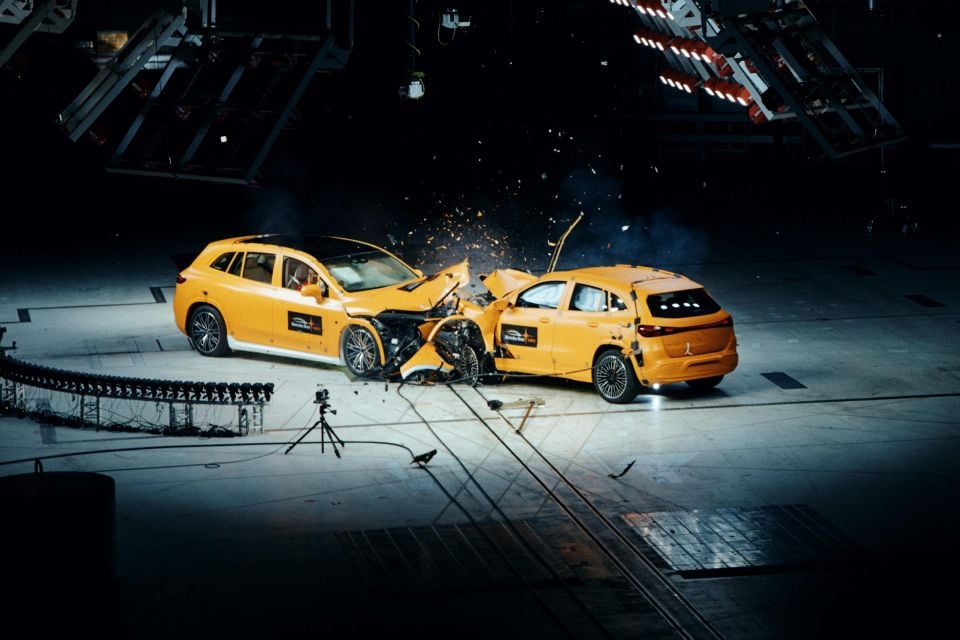
Euro NCAP tests vehicles by smashing them into a 1400kg trolley at a speed of 50km/h.
Prior to the crash, Mercedes-Benz installed four crash dummies – three female and one male – each with up to 150 measuring points.
Based on information from Mercedes-Benz, the crash test dummies didn’t sustain any major injuries, which indicated a low risk of serious injury or death as a result of the incident.
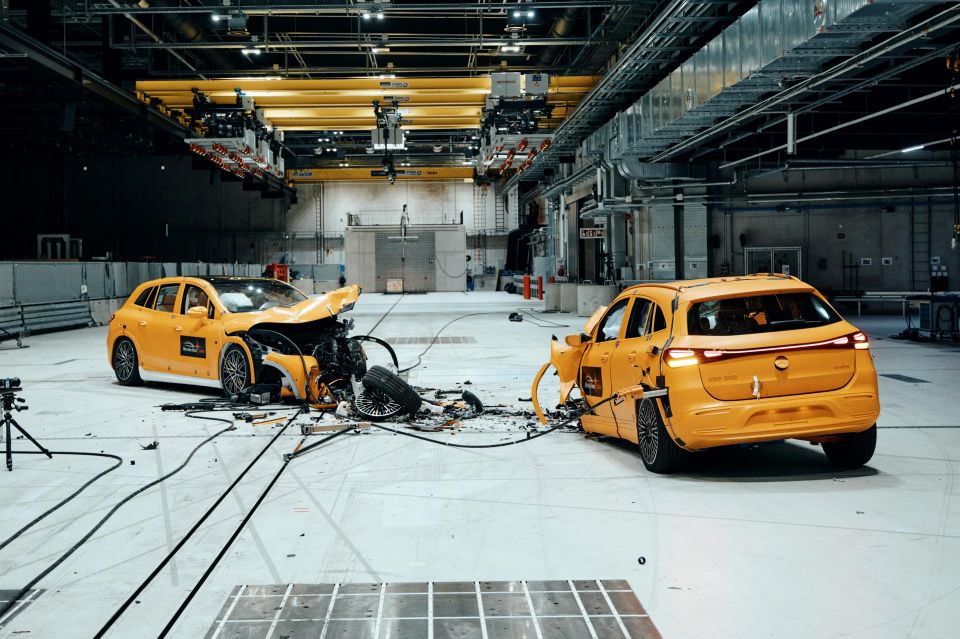
The report claims the defined crumple zones and advanced restraint systems of both vehicles provide “very good protection” for passengers.
After impact, the vehicles had extensive damage but were able to keep the the passenger compartment of the vehicle (or safety cell) intact and the doors could still be opened.
Mercedes-Benz claims the high-voltage batteries of both vehicles remained intact and the high-voltage systems switched off automatically on impact.
The brand says it has developed a “multi-stage high-voltage protection concept” for its EVs. It claims the system provides “eight key elements to ensure the safety of the battery and all components with a voltage above 60 volts”.
Mercedes-Benz has been testing vehicles in Sindelfingen since 2016 and claims it’s one of the largest and most modern testing facilities in the world. The centre conducts up to 900 crash tests and 1700 sled tests every year.
MORE: Everything Mercedes-Benz EQA MORE: Everything Mercedes-Benz EQS MORE: Review Mercedes-Benz EQS SUV
Where expert car reviews meet expert car buying – CarExpert gives you trusted advice, personalised service and real savings on your next new car.
Jade Credentino is an automotive journalist currently based in Melbourne, Australia. Jade has had a chance to review a variety of vehicles and particularly enjoys SUVs. She enjoys traveling and going on road trips exploring Australia.


James Wong
3 Hours Ago
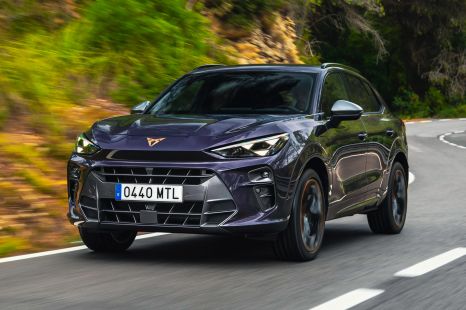

James Wong
4 Hours Ago
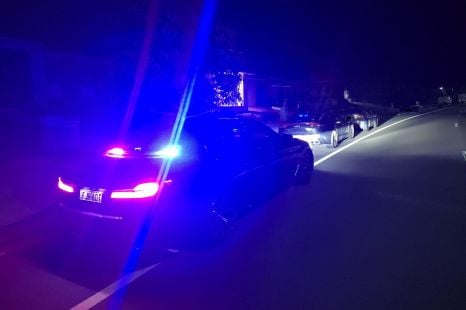

CarExpert.com.au
5 Hours Ago


Damion Smy
5 Hours Ago
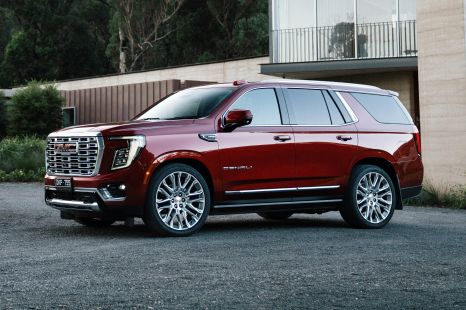

Alborz Fallah
5 Hours Ago
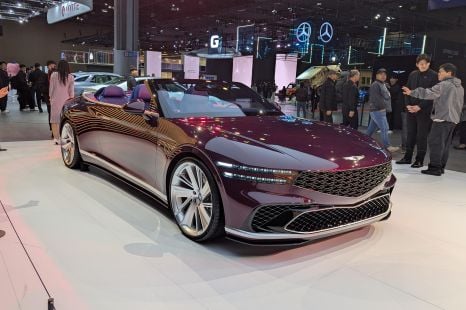

William Stopford
6 Hours Ago